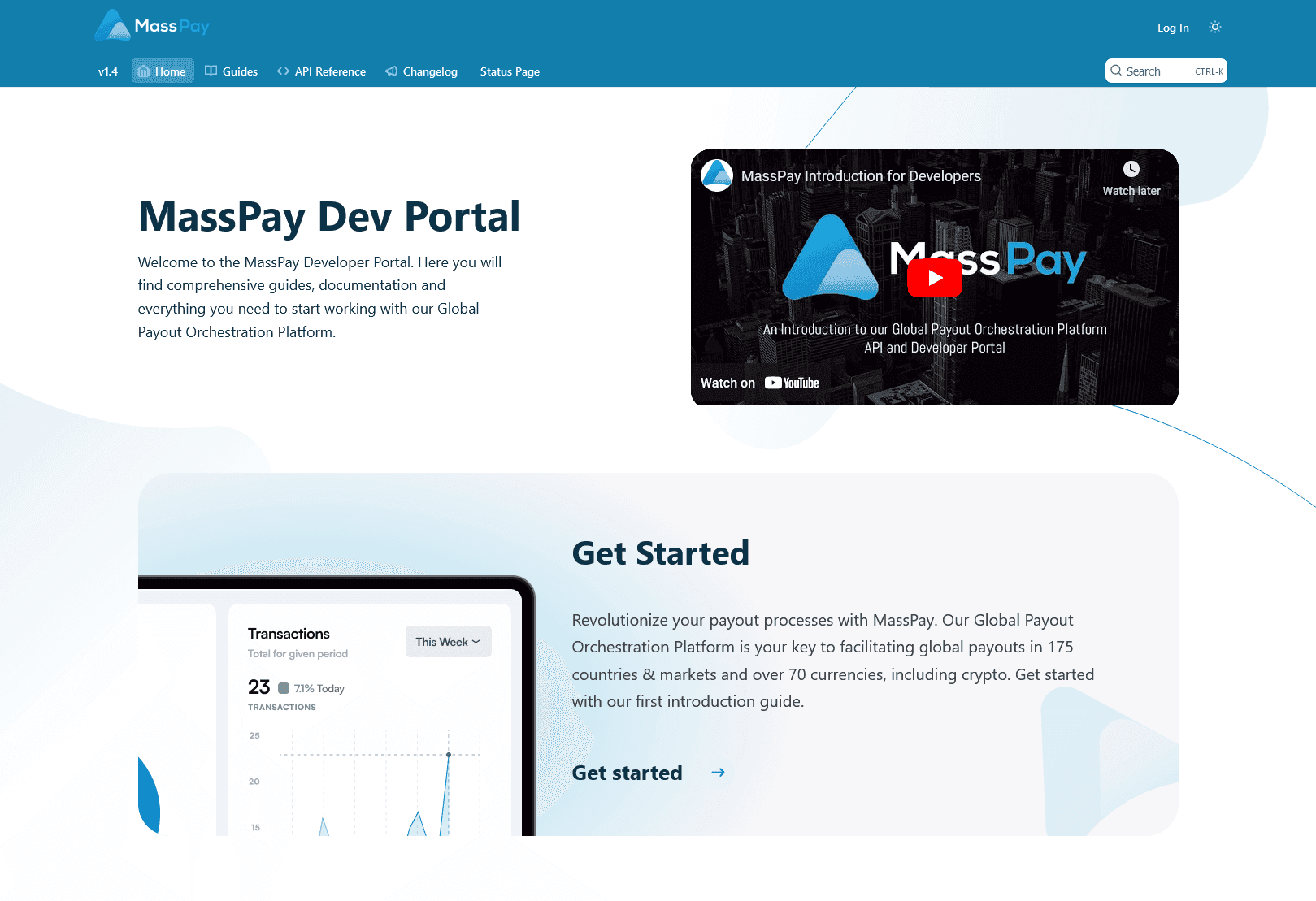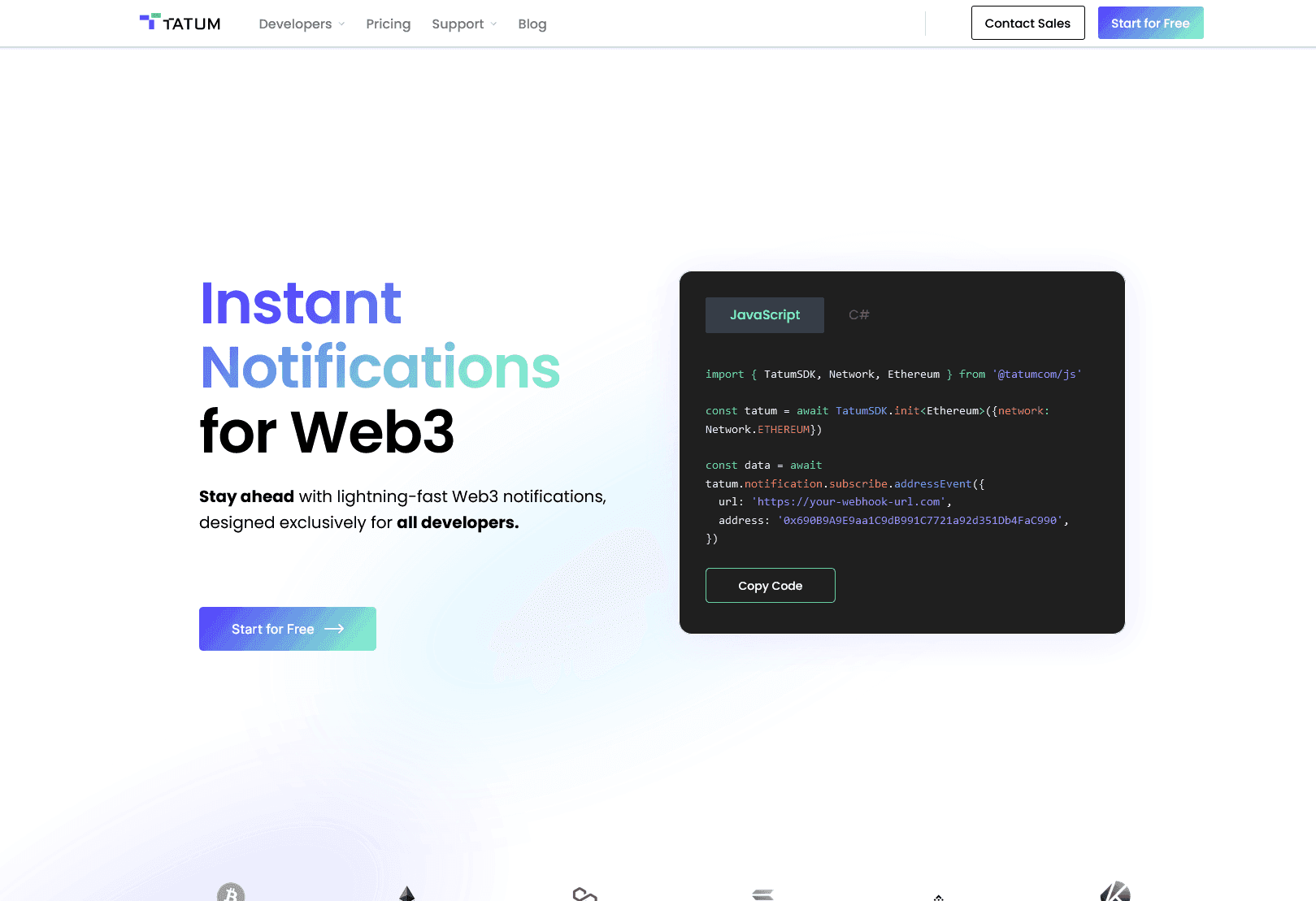Grow yourdigital product
We help startups & enterprises with
Companies around the world still struggle with digital product adoption despite the digital transformation market being estimated at $594.5 billion in 2022. Integrations make up for 39% of global IT costs.
Integrations are the building blocks of digital products
Think of it as a bridge that allows different parts of your business to communicate and collaborate effectively, just like a well-coordinated team. Integrations enable data to flow smoothly between systems, automating tasks, improving efficiency, and eliminating manual work. It's like bringing all the puzzle pieces together to create a complete picture.
This is where we can help you.
Hit the switch
Common issues
4 services, 4 easy solutions
It begins with a partnership


Streamlined Integration for Global Payout Management
Learn how the implementation of new strategies increased revenue and conversion rates by by simplifying the integration process for developers.


60+ Blockchains 500+ Endpoints
Working with Tatum involved implementing SDKs, as well as several layers of development on many of the products the company offers. Besides that we were actively involved in many other areas such as DX, UX, testing, technical writing and support.








Let's Talk
Knowledge Base
We’ve been offloading our expertise and any tips and tricks that might be useful to you into this large database of free articles.
DX Knowledge baseInsights
Competency models: An anachronism or a promising way to evaluate employee skills?
Work-life balance and fair salaries are increasingly important, particularly in the digital product industry. And that is a positive thing. Yet, how can we ensure that employees are being fairly evaluated and promoted, and what are the overall standards for this process? We should find out.

Jan Řičica